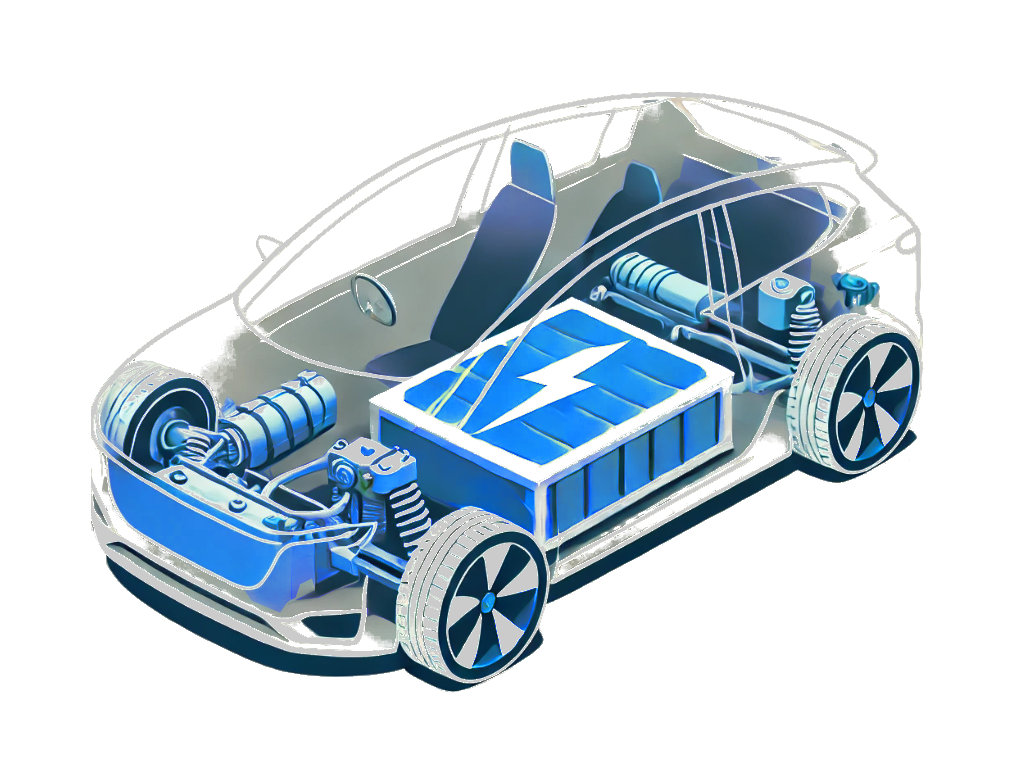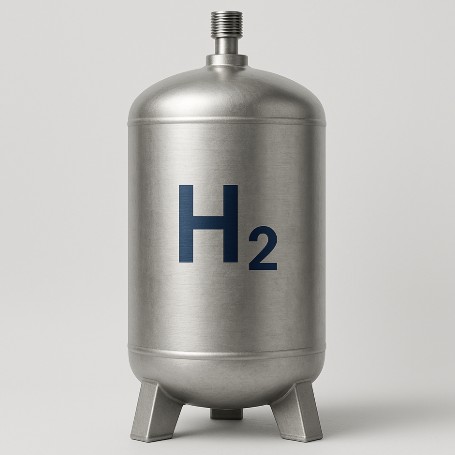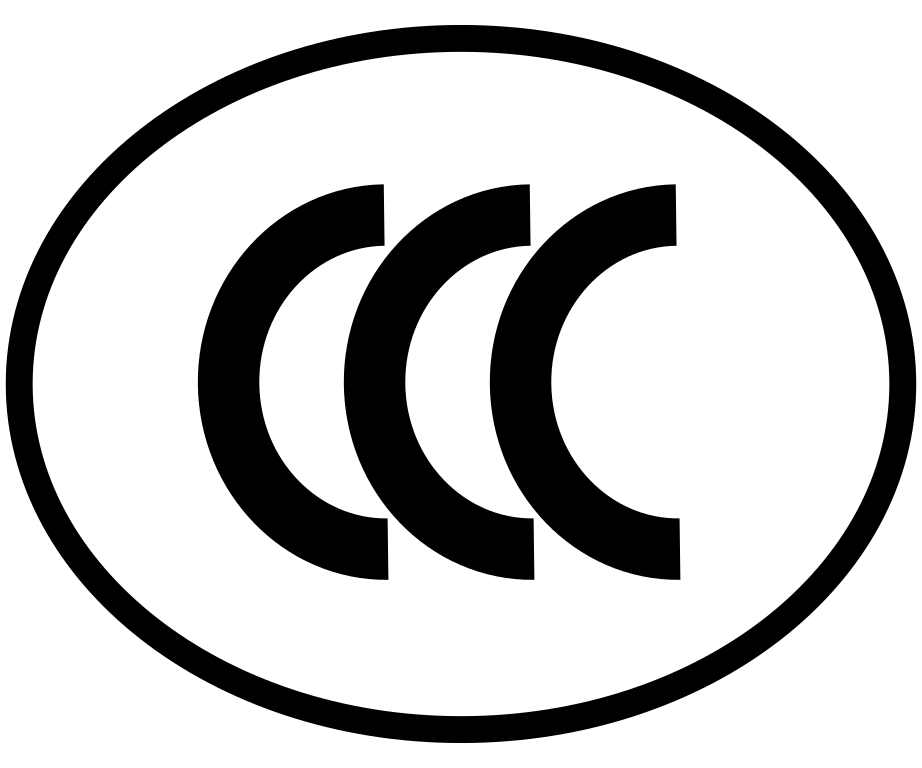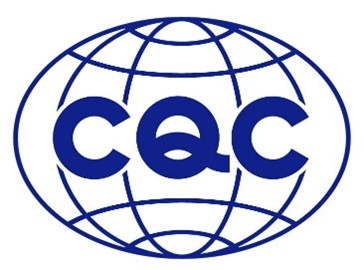VSTD test standard for lamps for VSCC certification in Taiwan
3. February 2022Taiwan offers many opportunities for car companies. Since 2014, the number of new vehicle registrations has steadily increased, and a record number of new vehicle registrations were reported in 2020, despite the pandemic.
To obtain a VSCC certification for Taiwan, testing in accordance with the relevant Taiwanese Vehicle Safety Testing Directions (VSTD) must also be submitted as part of the documentation submitted for testing and approval.
The testing standards are issued by the Taiwan Ministry of Transportation (MoTC), which has authorized the Vehicle Safety Certification Center (VSCC) to test and approve vehicles and components for the Taiwan market. These tests must be conducted either in a test laboratory approved by the MoTC, or an accredited technical service with its own test laboratories.
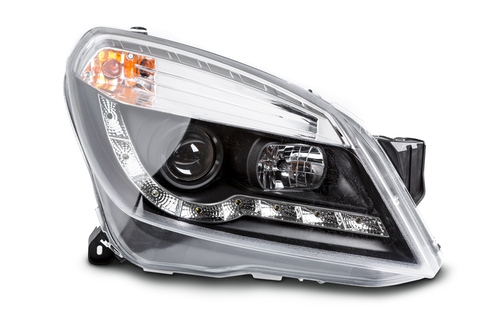
Comparability
Although the Vehicle Safety Testing Directions are largely based on the international ECE regulations, testing according to ECE is not recognized by the VSCC. Testing must be conducted in accordance with the VSTD regulations.
Automotive lamps can be complex and must meet several criteria to be considered for testing. There are photometry requirements, installation considerations (VSTD 03 The Installation of Lighting and Light-signaling Devices) and lamp functions to consider:
VSTD 31 Turn Signal Lamps
VSTD 31 specifically addresses the differences between turn signals that are mounted on the front or rear of the vehicle and the tests required. The turn signal performs the directional indicator function when engaged. The area to be illuminated by the turn signal, the acceptable intensity, the orientation of the lamp in relation to the axis of the car and the behavior of the turn signal when several lamps located in the turn signal are illuminated sequentially are all considered.
VSTD 32 fog lights
VSTD 32 defines what defines a lamp a fog lamp and specify test requirements. Unlike turn signals, for example, they are tested for the durability of their continuous output. This means that only minor visual deviations should occur, with no deformities or color changes. In addition, they are subjected to contamination tests and exposed to continuous loads.
VSTD 33 reversing spotlight
VSTD 33 defines the permitted area to be illuminated per square meter, test intervals, as well as lower and upper limits of the measured light values to be met. In contrast to the fog lights, no continuous load is tests are required for reversing lights – which are not intended for continued use over a long period.
VSTD 34 Front headlights
VSTD 34 defines the test requirements as well as permissible values for front headlamps. The front headlights cover a large area to ensure the safety of the vehicle. The illuminated area per square meter must be checked as well as the position and alignment of the beam must be tested. The test requirements as well as permissible values are defined in VSTD 34.
VSTD 35 Taillights
VSTD 35 describes the taillights, which must also produce a uniform light pattern while keeping the intensity of their light within the specified limits. In addition, taillights must be red color-specific and the way in which they are installed in the vehicle must be such that they cannot be manipulated or installed elsewhere.
VSTD 37 Brake lights
VSTD 37 also provides a definition for brake lights and specifies the requirements to be met: They should have a uniform light pattern, be mounted at a specified angle, may only illuminate a specified area, and should be applied for with a product-specific description to the VSCC.
If you still have questions about the process or you would like to have your product checked for VSCC certification requirements, please feel free to contact us.
Send us an e-mail or call us at +49-69-2713 769 150 (EU) or +1 773-654-2673 (US). We will be happy to support you.
We also have the option of answering your questions via online chat. You will find the chat window on the bottom right of every page (if this is not visible, please check your browser settings).





